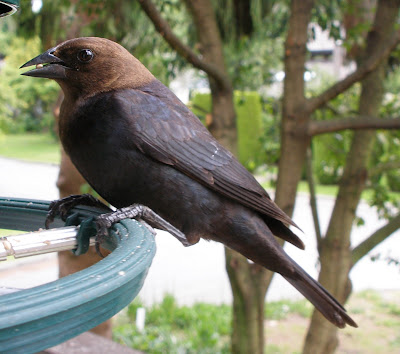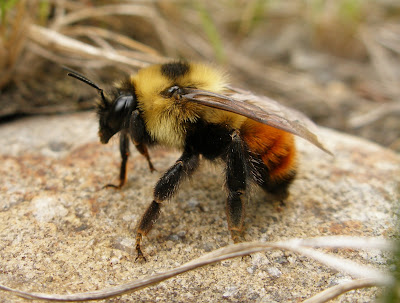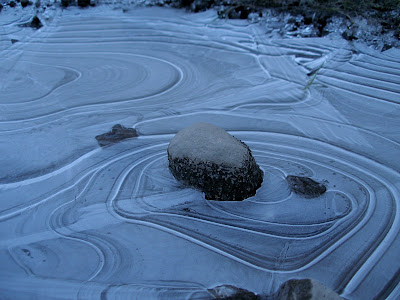Just finished an excellent book called The Botany of Desire, by Michael Pollan.
The book discusses the history of man’s relationship with four plant species: the potato, the tulip, the apple, and marijuana. But it uses this history to make some important points about evolution and co-evolution, natural and artificial selection, and even to bring in a few interesting points about a philosophical buzzword, intentionality.
Intentionality is the quality of thought sometimes referred to as its “aboutness”. Thought is always “about” something. What it is about is referred to as the intentional object.
Perhaps the most famous thought experiment in psychology and philosophy is John Searle’s Chinese Room experiment, intended to show that computers cannot show true artificial intelligence, because whatever they do, they don’t truly understand what it is they’re doing. Even if we were capable of creating a computer that could read Chinese and translate it perfectly to English, we could never argue that the computer had any real intelligence, because it never actually understands Chinese.
The thrust of the argument is that the mind is not a computer, and that intelligence is more than just the ability to follow coded instructions.
I think Searle is both right and wrong, and this is why the argument over the Chinese Room experiment has such life. I think the human brain and indeed the entire natural world operates much as a computer does, although a computer is at this stage of its development reflecting that reality only in a very primitive way.
But where Searle gets it right is in reminding us that no matter how sophisticated the computer, it never really *gets* it, because it’s missing one ingredient; intentionality.
So what is intentionality? I think Searle would agree that when human beings cultivated the apple and other agricultural products to their current form, they demonstrated intentionality. Certainly they proceeded with intention, and armed themselves with belief and desire.
But Pollan’s book makes the interesting point, not new, that the apple, the potato, the tulip, and narcotics and medicinal plants such as marijuana, have themselves contributed to the making of the human species as it walks the earth today. Can we say that they proceeded with intentionality? Obviously the individual apple or grape on the vine does not contain enough brain power to make decisions or hold beliefs, but as a species-being, does the capital-A Apple species proceed with anything we might describe as intentionality?
Now let’s throw another perspective into the mix – Wayne Dyer, and his book and audio series, "The Power of Intention".
Dyer is a well-known speaker on public broadcasting networks in the U.S. He seems to be a self-help speaker of a liberal bent (liberal in the American sense of politically centrist but socially aware) and is tolerable to listen to, even though he will drift into semi-religious mysticism from time to time – “The Power of Intention” being a prime example.
Dyer argues that everything in the world is filled with “intention” – a word he leaves sufficiently ambiguous to be interpreted as either God’s will, or perhaps just the feeling many folks have that “everything happens for a reason.”
But one does get the feeling listening to Dyer that he is onto something, if he only had the words to express it properly. And what I think he is on to is this poorly understood force that causes the apple to do what it does, and the human being to do what *it* does with the apple.
Whether one calls it “intention” or “intentionality”, there is a motive force behind life that just is missing from an inorganic piece of machinery like a computer. A human being is alive with intention, and intention, whether conscious or unconscious, is what defines it as being alive. This is perhaps why Sartre considered intentionality to be just another word for consciousness.
Which brings me back to the wellspring of life, as touched upon in an earlier post – all life is motivated by the intention to persist through time, and all activity is ultimately traceable to this eternal spring.
By this definition, we can agree with Dyer that all organisms, all matter, all things known and knowable, are imbued with intention and intentionality.
One of the things that distinguishes humanity as a species is that it is not only intentional, it is aware of and in a process of ongoing discovery of its own intentionality – and indeed that of the universe we live in.











